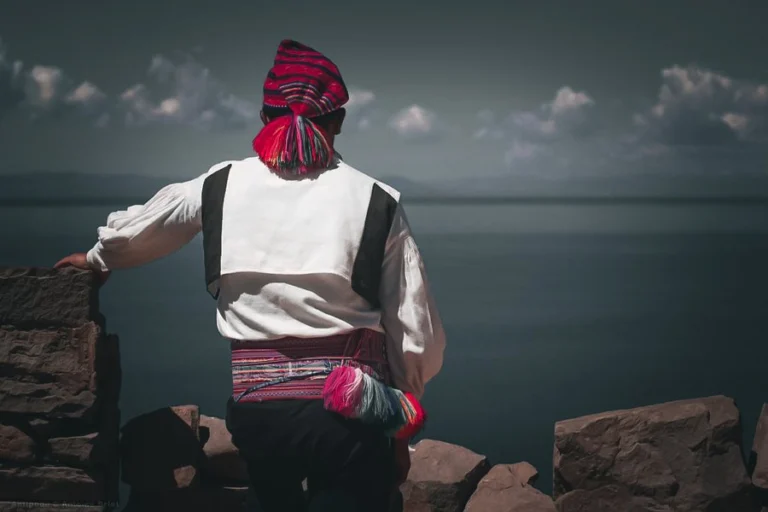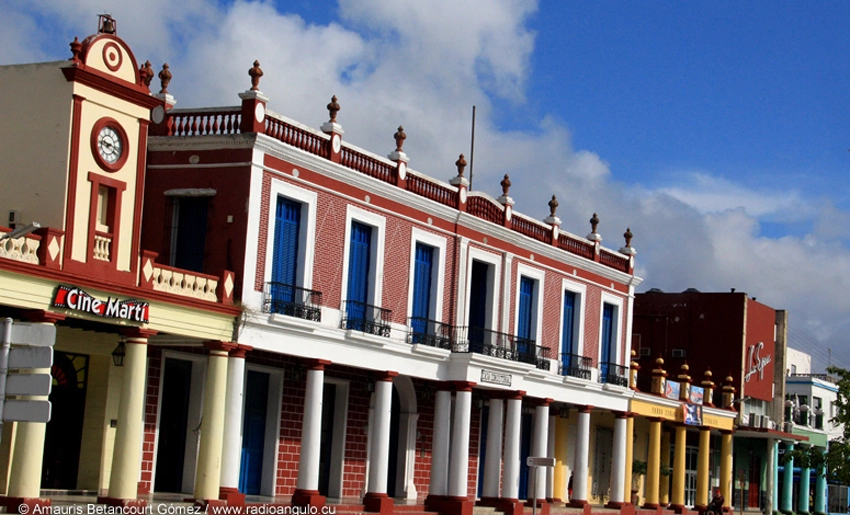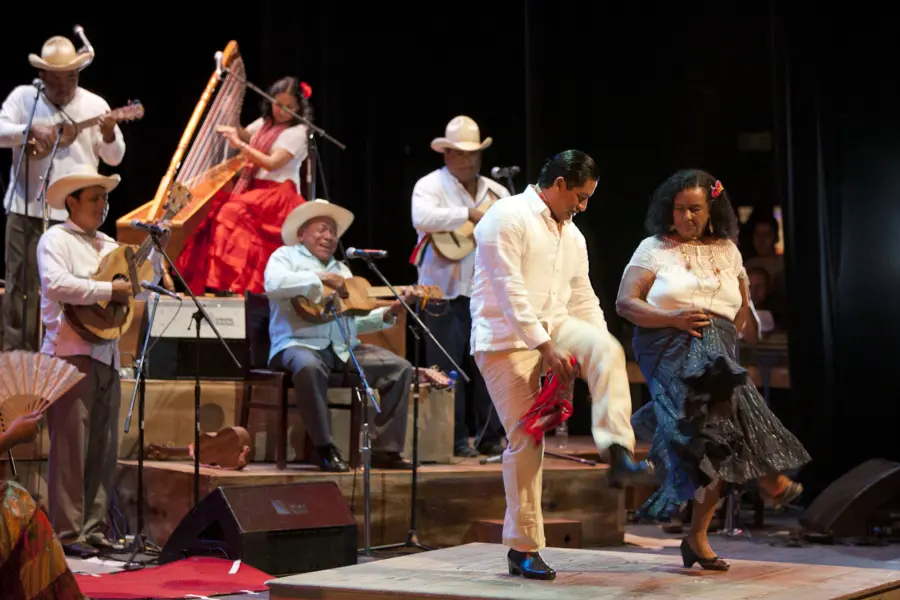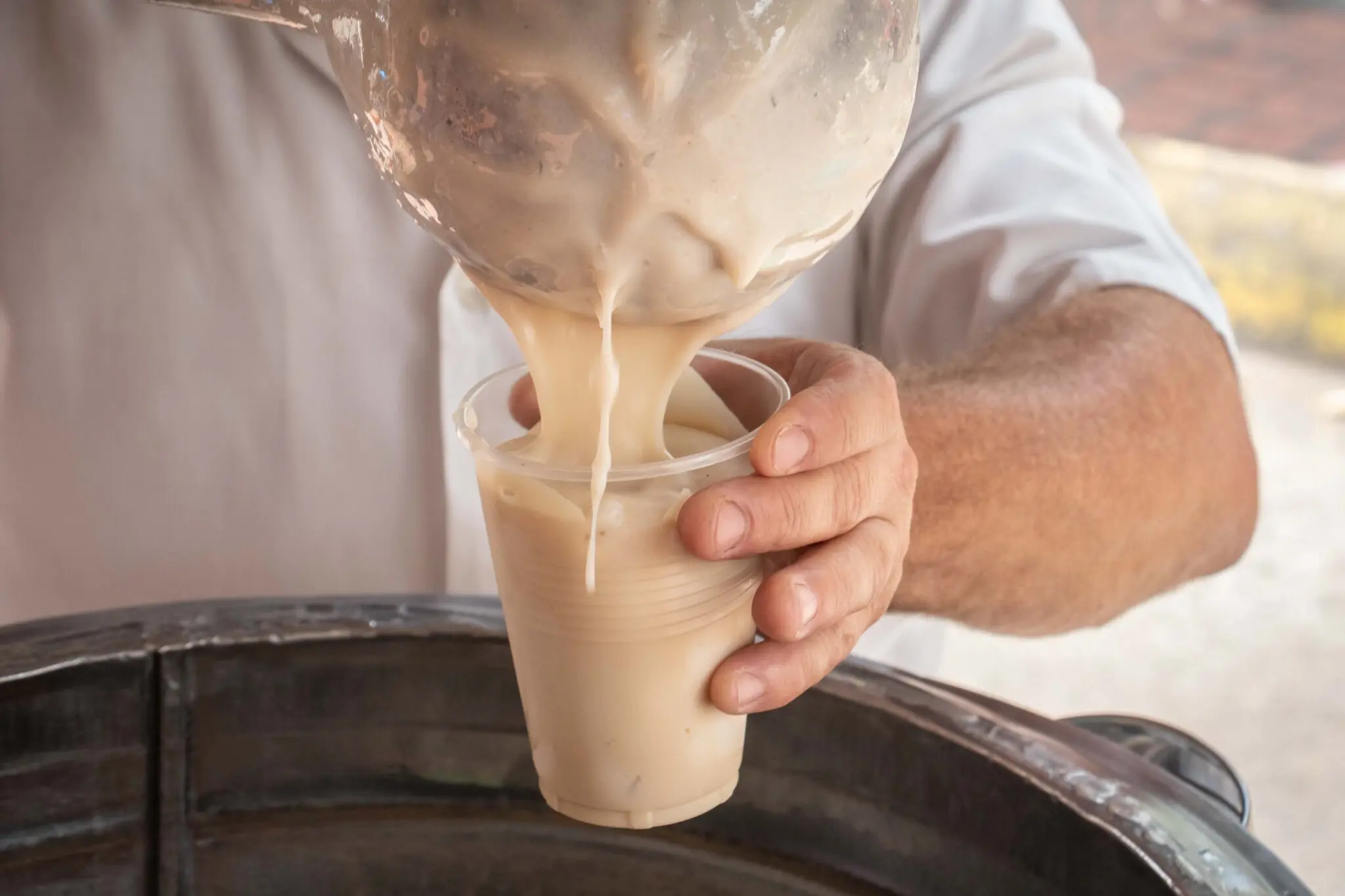The Weavers of Taquile: Preserving a Unique Textile Heritage on Lake Titicaca
Taquile Island in Peru sustains a unique male-led weaving tradition that encodes social identity and community memory, recognized by UNESCO and maintained through collective effort despite modern pressures.

A Taquile artisan weaves a traditional chullo, whose patterns and colors indicate marital status and social role within the community. Photo: @graine2voyageur
August 8, 2025 Hour: 3:39 am
Taquile Island, located on Peru’s Andean high plateau within Lake Titicaca, is renowned for its distinctive textile tradition, recognized by UNESCO in 2008 as Intangible Cultural Heritage of Humanity (initially proclaimed in 2005). This Quechua-speaking community of approximately 2,000 inhabitants preserves weaving techniques, symbols, and knowledge inherited from pre-Incan civilizations such as the Pukara, Colla, and Inca cultures, expressed in every handcrafted piece.
Relatively isolated from the mainland until the mid-20th century, Taquile has maintained strong communal bonds and a system of collective decision-making. This social structure is fundamental to the preservation and vitality of its textile heritage.
Textiles are produced by hand or on traditional foot-operated looms, following ancestral methods and designs. Among the most emblematic pieces is the chullo, a knitted hat with ear flaps designed to protect against the cold Andean climate. The colors and patterns of the chullo communicate social information: unmarried men wear brightly colored, elaborately patterned hats, while married men wear simpler, more subdued designs. Variations also indicate age and social roles within the community, making textiles a complex visual language.
Another significant piece is the calendar belt, a wide sash depicting the agricultural and ceremonial cycles of the year. This belt acts as a symbolic archive of Taquile’s oral traditions and history, attracting scholarly interest in the relationship between craft and collective memory. While contemporary symbols have been incorporated over time, traditional styles and techniques remain intact.
Knowledge is transmitted through a specialized local school where men and women of all ages learn ancestral techniques. Men primarily weave, using fine needle knitting, while women spin wool and prepare natural dyes. This division of labor reflects a social organization that has endured for generations.
Economically, the community relies heavily on textile production and tourism. The Asociación Comunal de Artesanos San Santiago, a collective trademark granted by Peru’s intellectual property office (Indecopi), protects the authenticity of Taquile’s products and facilitates direct community sales, eliminating intermediaries. Tourism plays a crucial role in sustaining the tradition, allowing artisans to sell their work through community-managed stores.
However, population growth in recent decades has increased pressure on natural resources, such as pastures for alpaca herding and cultivable land. This has necessitated importing raw materials from the mainland, partially reducing the island’s traditional self-sufficiency. The community faces the ongoing challenge of balancing cultural preservation with economic and environmental adaptation.
Despite these changes, weaving remains central to Taquile’s identity, social organization, and resilience. It is a living language, a system of social communication, and a means of maintaining ties to land and ancestral heritage.
Author: MK
Source: UNESCO






